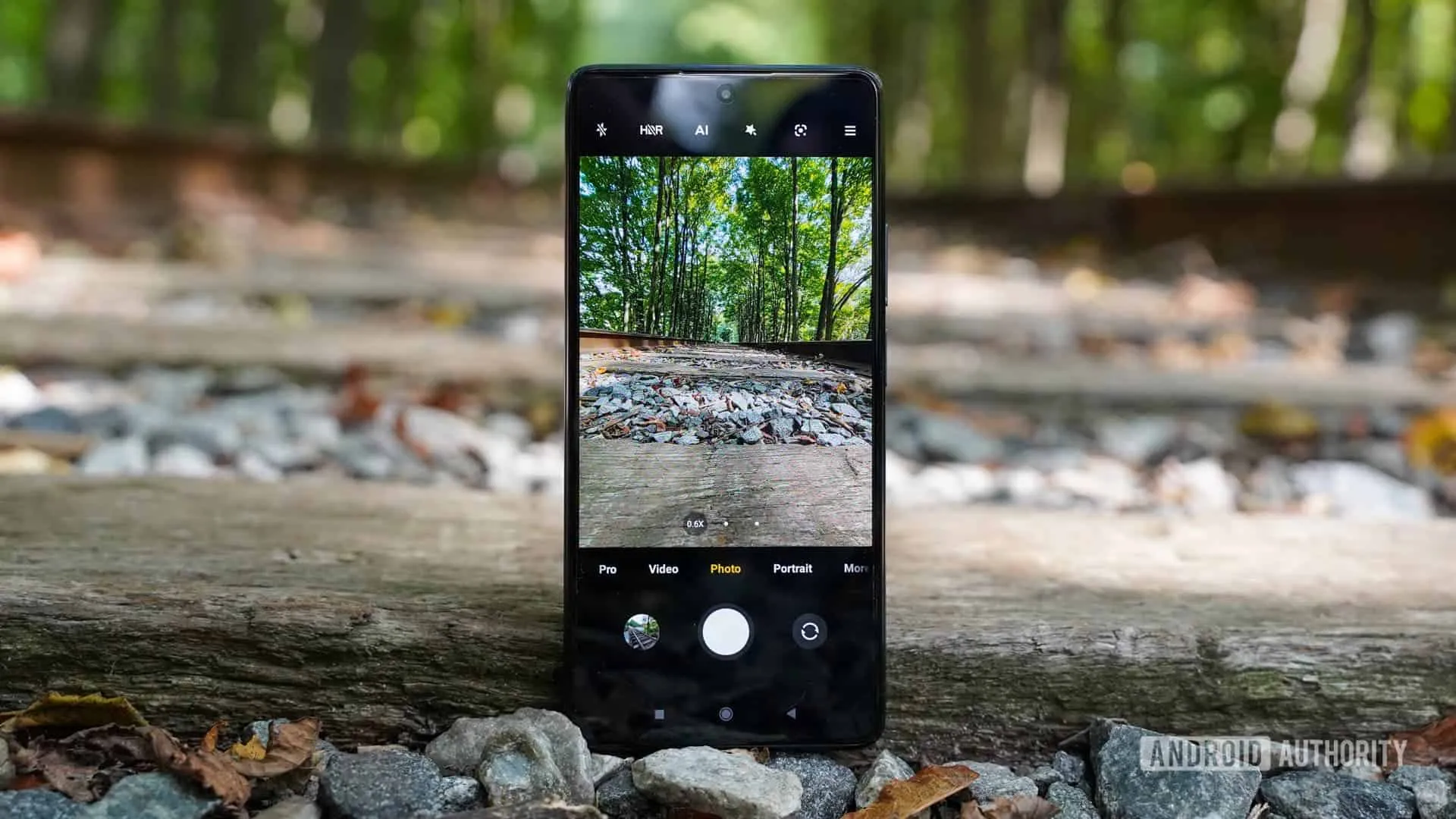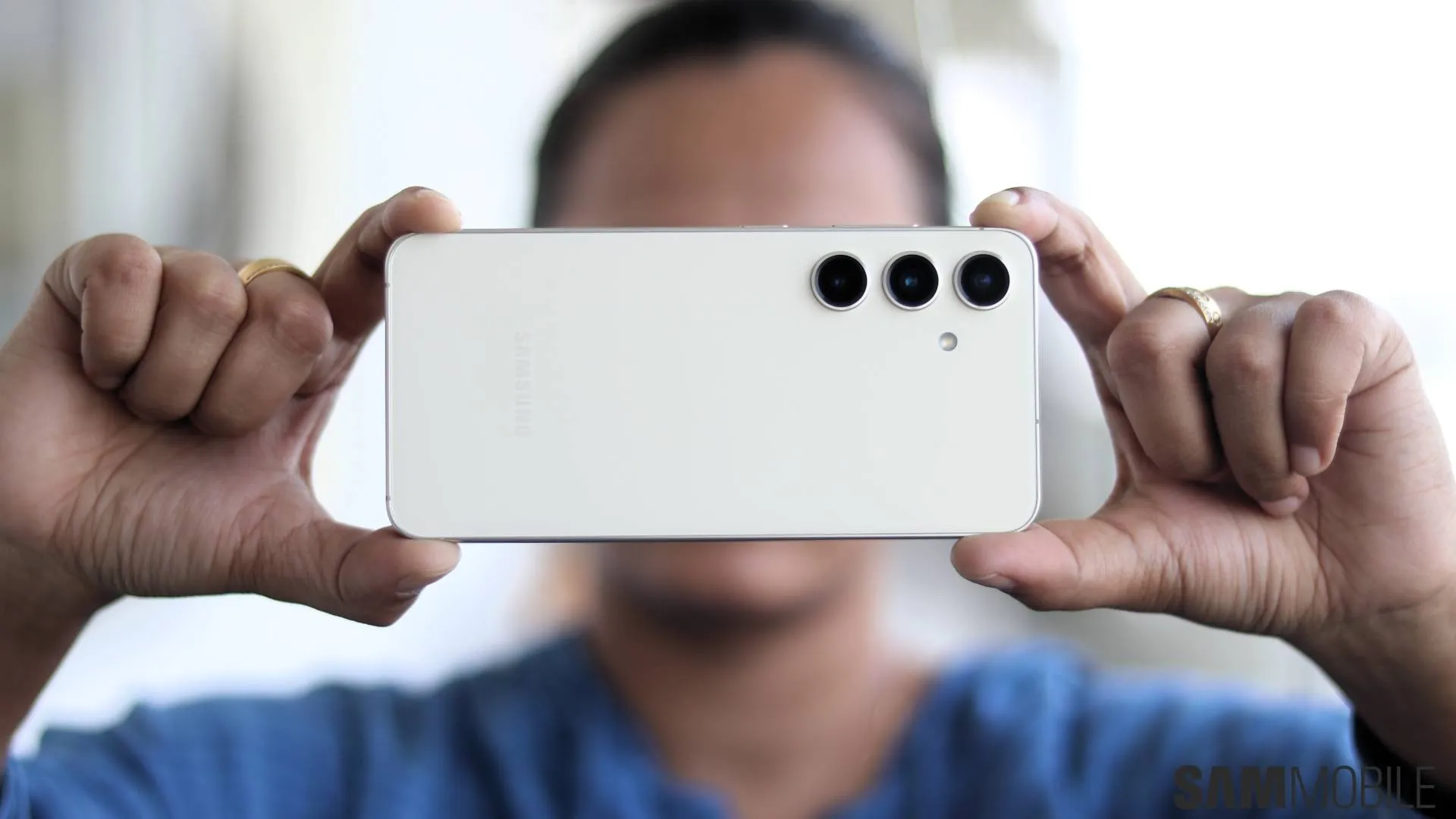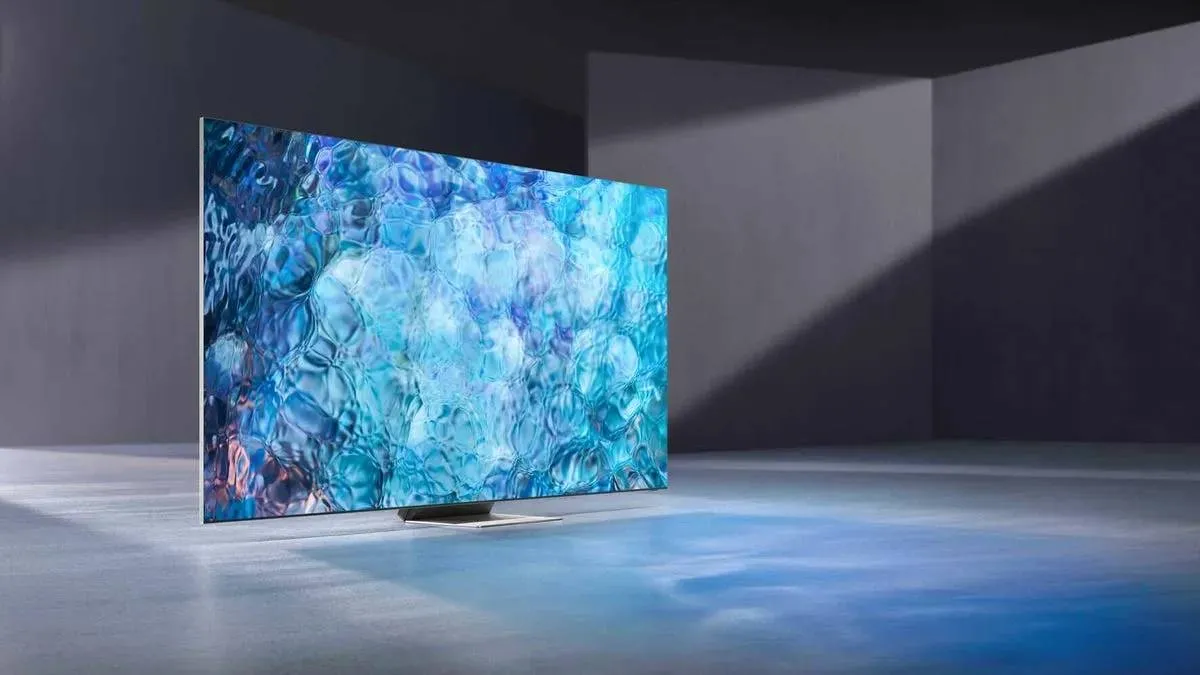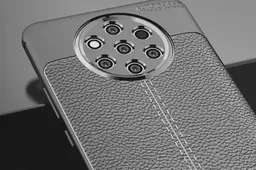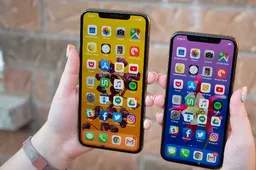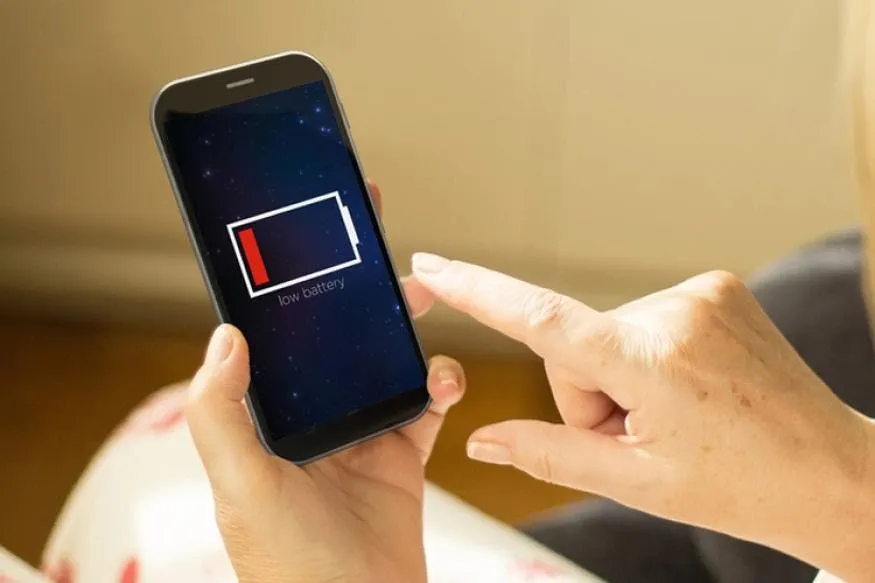
Are you ready to say goodbye to the batteries? Many of you certainly will say yes, although unfortunately we will have to wait a bit of time before you can give up having to connect your smartphone to the cable hanging on the wall.
Perhaps not everyone knows that the radio signals transmitted by the WiFi and Bluetooth protocols are nothing but electromagnetic waves modulated according to the frequency of the protocol. This means that they themselves carry energy. Leveraging this idea, a team of researchers from MIT and the University of Madrid has developed a flexible system that can transform electromagnetic waves into electrical energy. It is a structure that can be integrated into fabrics, covers for objects and so on.
Clearly, the project does not intend to revolutionize the world of energy, since the signals now present in all cities thanks to radio towers, WiFi and Bluetooth allow you to get, on average, about 40 microwatts, but sufficient to make it work microscopic devices or to turn on an LED.
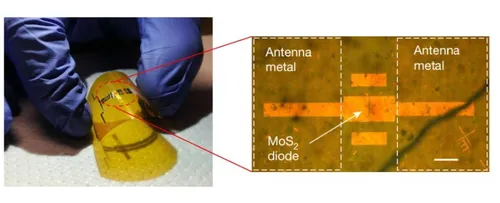
The MIT research team has made such an antenna using molybdenum sulfide as its main material, an extremely thin semiconductor that can be used to make sheets with just a few atom; the first prototypes made, as was to be expected, are not real champions of efficiency, only 30% of the energy is converted, obtaining low powers but still able to feed small sensors in the purely medical field.
The idea is to develop this antenna to make it able to power devices more expensive in terms of consumption, without having a battery inside them (or maybe just a very small one), Another possibility would be to spread this very thin sheet on walls and floors, making them able to capture the energy of electromagnetic waves and make it available to power the devices connected to the building.
What do you think of this new innovation by MIT?
Loading
